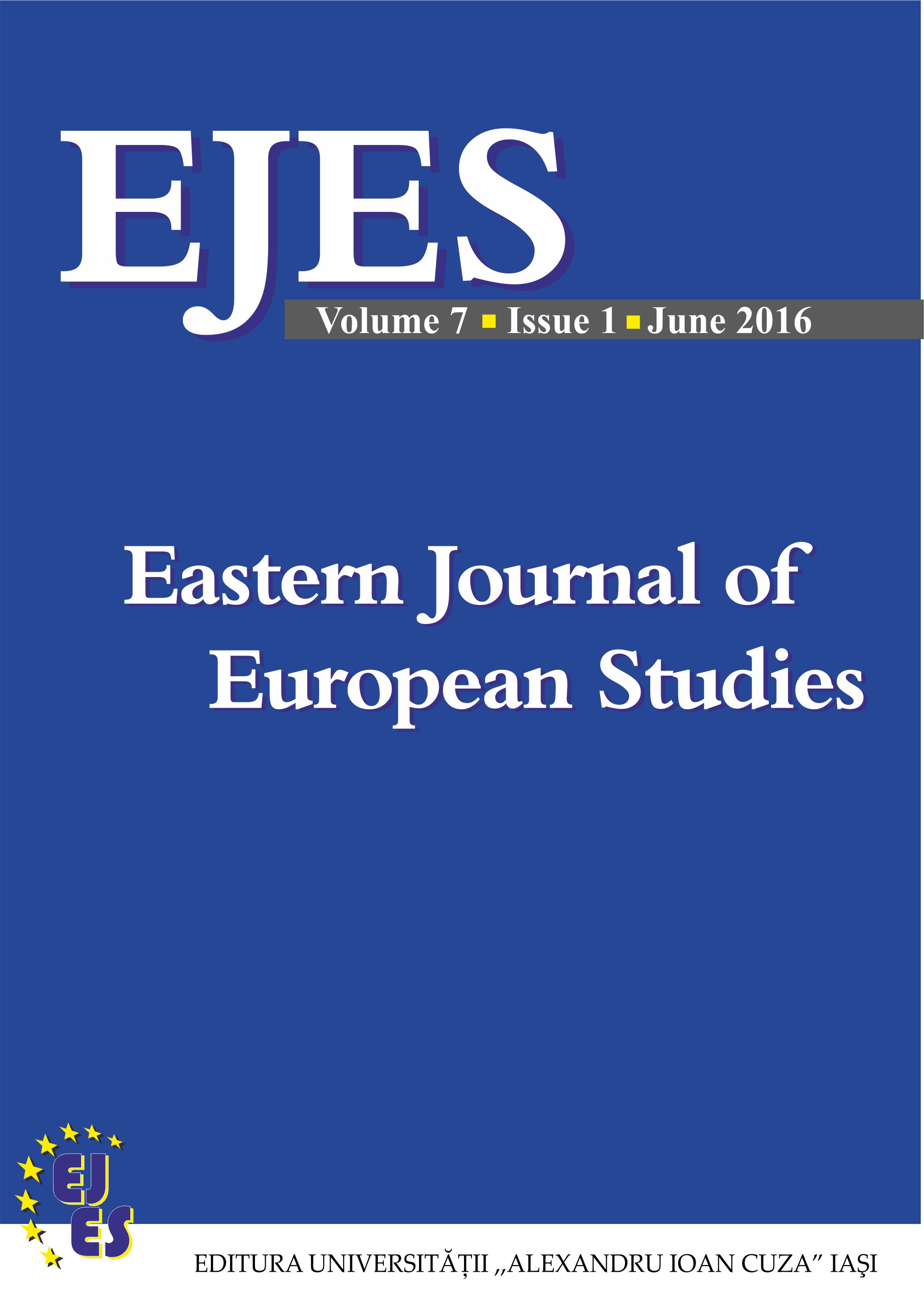The determinants of exchange rate in Croatia
The determinants of exchange rate in Croatia
Author(s): Manuel Benazic, Ines Kersan-ŠkabićSubject(s): Politics / Political Sciences
Published by: Editura Universităţii »Alexandru Ioan Cuza« din Iaşi
Keywords: exchange rate; co-integration; ARDL approach; Croatia;
Summary/Abstract: The dilemma for every country with an independent monetary policy is which kind of exchange rate arrangement should be applied. Through the exchange rate policy, countries can influence their economies, i.e. price stability and export competiveness. Croatia is a new EU member state, it has its own monetary policy and currency but it is on the way to euro introduction. Regarding the experiences from the beginning of the 1990s when Croatia was faced with serious monetary instabilities and hyperinflation, the goal of Croatian National Bank (CNB) is to ensure price stability and one way to do so is through exchange rate policy. Croatia, as a small and open economy, has applied a managed floating exchange rate regime. The exchange rate is determined primarily by the foreign exchange supply and demand on the foreign exchange market, with occasional market interventions by the CNB. Therefore, in order to maintain exchange rate stability, policymakers must be able to recognize how changes in these factors affect changes in the exchange rate. This research aims to find a relationship among the main sources of foreign currency inflow and outflow and the level of exchange rate in Croatia. The analysis is carried out by using the bounds testing (ARDL) approach for co-integration. The results indicate the existence of a stable co-integration relationship between the observed variables, whereby an increase in the majority of variables leads to an exchange rate appreciation.
Journal: Eastern Journal of European Studies
- Issue Year: 7/2016
- Issue No: 1
- Page Range: 125-150
- Page Count: 26
- Language: English

